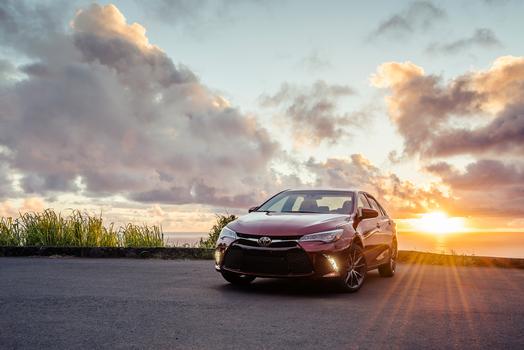Automotive reliability differences are a byproduct of corporate philosophy, which differs from continent to continent.
November 21, 2017

A new survey from Consumer Reports shows that American auto brands lag behind those of Europe and Asia in terms of reliability, and the reason could be partly attributable to cost.
The survey, based on data from owners of 640,000 vehicles, placed Asian brands in the lead, followed by European and then American nameplates. Consumer Reports automotive engineers, who test the vehicles year round, said that the differences are largely a byproduct of corporate philosophy, which differs from continent to continent. “It’s really about how they address and implement new technology,” Jake Fisher, director of auto testing for Consumer Reports, told Design News. “When Asian companies come out with a new technology, they generally take a much more measured approach.”
In this year’s survey, Asian brands accounted for seven (Toyota, Lexus, Kia, Subaru, Infiniti, Honda and Hyundai) of the top ten nameplates, while American brands had only one (Buick) in the top ten. Meanwhile, American brands accounted for eight (Cadillac, GMC, Ram, Dodge, Lincoln, Tesla, Jeep, and Chevrolet) of bottom ten nameplates, while Asia accounted for just one (Acura).
|
Toyota’s Camry sedan has long been a standard-bearer in terms of automotive reliability, according to Consumer Reports. (Source: Toyota Motor Corp.) |
Fisher contends that the results reflect a difference in the way upper management in each continent addresses technical and cost issues. “Corporate philosophy is not just about Toyota,” he said. “There are other manufacturers from Asia that have the same philosophies.”
The differences most clearly manifest themselves in powertrain and electronics, Fisher said. Toyota, for example, still doesn’t use turbo-powered, small displacement engines in its flagship Camry sedans. Moreover, the company has been slower to adopt eight- and nine-speed transmissions. The Toyota Sienna and Toyota Highlander just started employing the eight-speeds, but even then, did so slowly as a way of working through any potential technical issues.
In contrast, American automakers adopted eight-speed technology much earlier, and then applied it broadly, Fisher said. “Look at General Motors,” he said. “When they put an eight-speed in, they put it in across six products.”
Similarly, voice-controlled Apple CarPlay technology has been broadly adopted by automakers, but not Toyota. “We’re still not seeing Apple CarPlay in their vehicles,” Fisher told us.
Often, the adoption of new technology comes back to cost, Fisher said. That’s because it’s cheaper for automakers to adopt a new technology across the board than it is to bring new technologies up to speed slowly. “If you’re sourcing a new, nine-speed transmission, you can always get it cheaper by saying, ‘I’m going to put it in 300,000 units next year,’ instead of 20,000,” Fisher said. “Then you work the bugs out later.” Doing it that way ruins reliability ratings, he added.
American brands also fared poorly compared to European luxury nameplates in this year’s survey, in part because infotainment technology is maturing, Fisher said. European brands, especially Audi, did well because luxury cars have employed telematics longer than American entry-level cars. “BMW and Audi have been putting in complex infotainment systems for a decade or more,” Fisher noted. “The companies that are new to infotainment are the ones that are really struggling right now.”
Fisher also pointed out that, when it comes to reliability ratings, American automakers have a built-in disadvantage due to geography. “Many of the vehicles from other countries aren’t as new as they seem,” Fisher said. “When a vehicle launches in Europe or Asia, we get it a year later. But with an American car, such as the (Buick LaCrosse), we’re driving the very first one off the assembly line.” Being first, Fisher said, is an inherent disadvantage because it allows no time for automakers to work the bugs out.
In the end, however, the differences mostly come back to consumer demand. Buyers of reliable brands tend to be more willing to pay a premium for reliability, Fisher said. “Making a car reliable does cost more money,” he told us. “That’s why the Camry and (Honda) Accord tend to cost more than a (Ford) Fusion or (Chevy) Malibu. To some degree, maybe the American car companies are still not willing to charge the higher prices.”
Read More Articles on Automotive Technology
Uber Open-Sources Its AI Programming Language, Encourages Autonomous Car Development
The Ten Least Reliable Automotive Brands
10 of History's Greatest American Pickup Trucks
12 Vehicle Infotainment Systems That Distract Drivers
The EV Trend Is Now Irreversible
GM to Produce 20 New Electric Cars by 2023
Senior technical editor Chuck Murray has been writing about technology for 33 years. He joined Design News in 1987, and has covered electronics, automation, fluid power, and auto.
|
|
About the Author(s)
You May Also Like





